Host a Korean Cooking Party: Bulgogi Posted by Linda on Jul 9, 2012

Many of you are Korean language and culture enthusiasts, immersing yourself in all things Korean. I would love to hear about your adventures in learning. One of my favorite aspects of learning a new language and culture is discovering its cuisine. Food brings people together; often a meal can bridge different cultures and inspire…
Japchae Recipe Posted by Linda on Mar 12, 2012

My roommate asked me for a vegan gluten free Korean recipe. I said to her quite enthusiastically, “That’s easy! Traditional Korean food doesn’t include dairy or gluten. You can easily avoid meat and eggs too.” She was excited! . . . And then we hosted a Korean cooking party with a medley of friends, in…
Korean Calligraphy—A Modern Perspective on a Traditional Art Form Posted by Linda on Feb 29, 2012
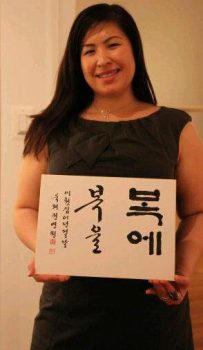
If you are studying the Korean language, known as Hangul (한글), you may appreciate its simplicity. 한글 is a relatively new writing system with a scientific background; its 24 characters represent the features of the mouth when pronouncing each shape, letter. It was invented by King Sejong during the Joseon Dynasty in 1446, but was…
Korean Lunar New Year: Traditions and Zodiac Animals Posted by Linda on Jan 19, 2012
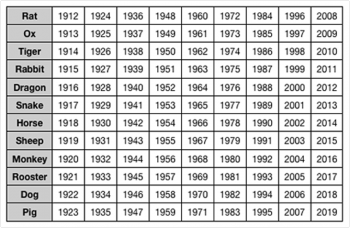
As the holiday season is quieting down in the Western world, the Eastern world is gearing up for Lunar New Year. Although Koreans celebrate both Solar and Lunar New Years, Lunar New Year is one of Korea’s most important traditional holidays. Traditional holidays are called 명절 (transliteration: “myeong jeol”). In our previous blog article, we…
Korean New Year: A Traditional Soup Recipe Posted by Linda on Jan 2, 2012
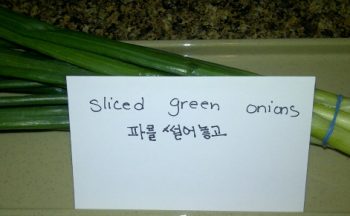
Happy New Year! “새해복많이받으세요!” or the transliteration, “Say hey bok mahn ee bahd euh sae yo!” The literal meaning roughly translates to, “May this year bring you many blessings!” Many Koreans celebrate both solar and lunar New Years. Lunar New Year is called 설날 or the transliteration, “Sohl-nahl”. And, the literal meaning roughly translates to…
The Importance of Being a Tiger— Tiger Motifs in Korean Art Posted by Linda on Dec 23, 2011
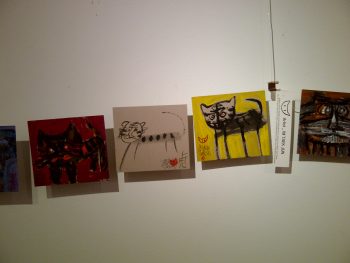
A tiger 호랑이, or the transliteration “ho-rang-i”, is a significant motif in Korean culture, especially in the realm of folklore and folk paintings. 호랑이들 represent courage and pride; they are also a good luck symbol. Korean folk paintings, known collectively as 민화, or the transliteration, “minhwa” were the common people’s art formin the late Joseon…
Korean Persimmons Posted by Linda on Dec 10, 2011
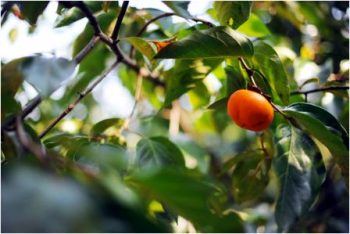
It’s harvest time in Korea, and autumn (October to early December) is the only season persimmons are plentiful. If you live in Korea, you will see them being sold everywhere—from outdoor markets, grocery stores, to subway stations. For about 1,000 won, you can buy four to five persimmons. An affordable and healthy treat, persimmons…


